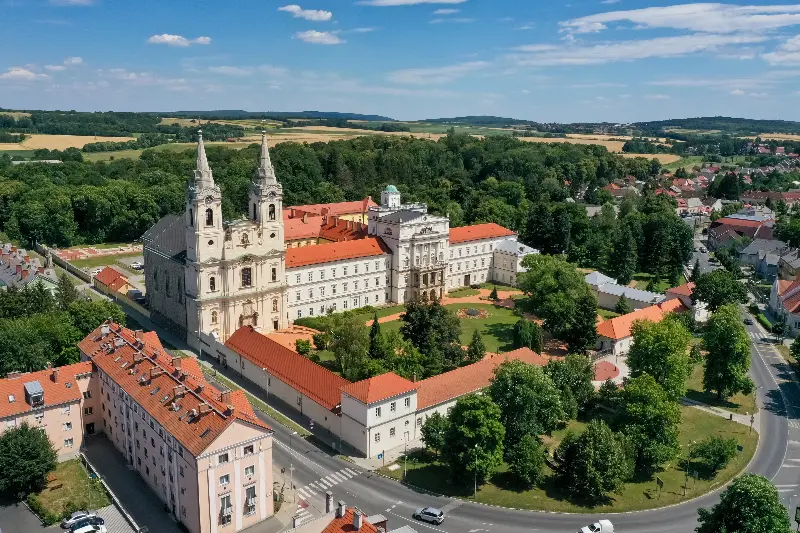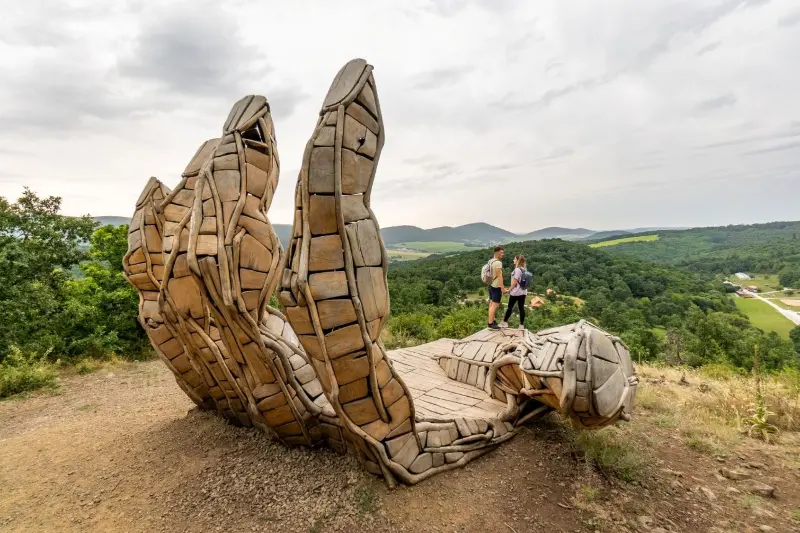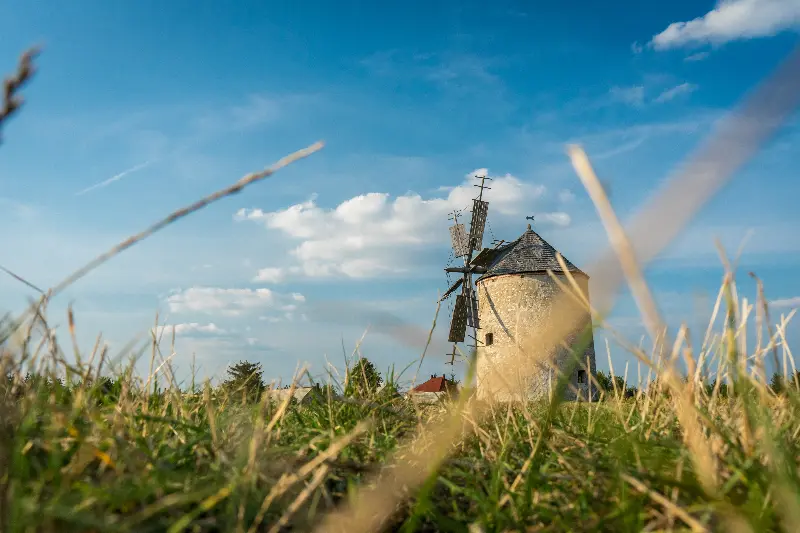
Helyszín címkék:
Albatross, par, handicap, or: why play golf?
Francisck Réka Alíz
This game has a tradition of more than 100 years in our country and is becoming more and more popular nowadays. Golf clubs are doing a lot to promote the sport among Hungarians and break down stereotypes. Their figures show that more and more young people are joining junior clubs – in fact, there have been instances of babies becoming members, while people over 90 are also playing on the pitch.

It is healthy
Back straight, legs slightly bent, both feet on the ground.Regular golf can help you stay in shape and improve your muscles and stamina. You can easily burn 400 calories in one game. Walking is healthy in itself, but carrying the clubs can also make us fitter and stronger. You need to be fit enough to play golf. Golfers who play the sport long-term are strong, energetic and flexible. Someone once said that if you want to improve your golf skills, go back in time and start younger. That said, clubs do not really recommend this sport for children under the age of 8, although they do add: Tiger Woods was less than 2 years old when he started learning about golf.
Did you know? The novice golfer is known in the jargon as a rabbit.
Striking a deal

More deals are said to be done on the golf course than in the boardroom. This may be an exaggeration, but one thing is for sure: golf relaxes everyone, and in a stress-free environment, you can talk more freely and calmly. Being social beings, this is understandable. Hitting the ball on the golf course for a few hours is a refreshing experience for many of us. It’s good for the soul to be out in the fresh air, in a beautiful environment and surrounded by greenery. At least during the season – which in Hungary runs from April to the end of October.
Who was the first to swing it?
We usually mention the Scots when we talk about who first took up golf, but who actually invented it is still a mystery. What we do know is that golf has been around for at least 500 years, since King James II of Scotland banned golf and football in a decree of 6 March 1457, because they were incompatible with the archery that the Scottish Empire attached so much importance to.Some people believe that around St. Andrews, some sheep herders got bored and started hitting round pebbles into rabbit holes with their sticks, and that golf later evolved from this. But we also know that games similar to golf were played in the Netherlands, Belgium and France as early as the 14th century. The sport was first introduced to England by James VI of Scotland when he came to the throne in 1603. For a long time, the game was played on a rough surface, where there was no grass everywhere, just a few holes in the ground on the more level surfaces. For many years in the beginning, people devoted themselves to this activity without forming clubs or any other associations. That changed in 1744, when Edinburgh golfers founded the Honorable Company of Edinburgh Golfers. At the time, golf had 13 rules, and athletes from the UK and Ireland could compete annually. A few years later, the first golf club was formed as the Society of St. Andrews Golfers, with King William IV becoming its leader in 1834.

A little history of Hungarian golf
In Hungary, golf was first introduced by Count Géza Andrássy, a member of the International Olympic Committee, in 1902 at the Horse Racing Course in Budapest. The first track was built at Tatranská Lomnica in 1908, and the first competition was held there in 1909. In the 1920’s, Hungarian golf developed a lot, and between 1926 and 1936, it even rose to the top of the European league. In 1974, after the world wars, Dr. Ferenc Gáti chopped his axe into a big tree – he worked on the revival of Hungarian golf. In 1979 he founded the Blue Danube Golf Club, and in the same year, he started to build a course in Kisoroszi. After the fall of communism in 1989, the conditions for golf to take off again were created and the Hungarian Golf Association was founded. The Association then became a member of the European Golf Federation and the World Amateur Golf Council (now the International Golf Federation). Hungary has been participating in official tournaments since 1921. Today, there are 20 golf courses in Hungary, including 18-hole, 9-hole, 6-hole and so-called “driving” courses, all over the country.If you are getting to know with this sport, it is worth choosing a place where you can have a truly complex experience, with accommodation and/or culinary excursions. In Tata, the Old Lake Golf Club and Platán are an exciting combination, as is the Forest Hills Hotel & Golf in Zirc – and while you are there, we recommend a visit to the Zirc Abbey Manufactory, too.
The Greenfield Hotel Golf & Spa in Bükfürdő is a great choice both for beginners and for advanced players, where sport and experience come together in an impressive milieu. While the 18-hole golf course in a magical green setting is for the players, the impressive hotel and the 3,500 m2 spa area favour relatives and family members. The first golf course in Hungary not only welcomes guests with outstanding handicaps, as for example its restaurant is also open to external visitors, and the range of services of the elegant complex is surprisingly wide. Beginner golf courses, pampering and traditional wellness treatments, tasting programmes and other sports programmes await those interested in Bükfürdő, the citadel of wellness and golf. And even if you do not want to leave the little ones at home, you will not be left behind at the Greenfield: the wellness area and every little corner of the hotel is family and baby-friendly!





